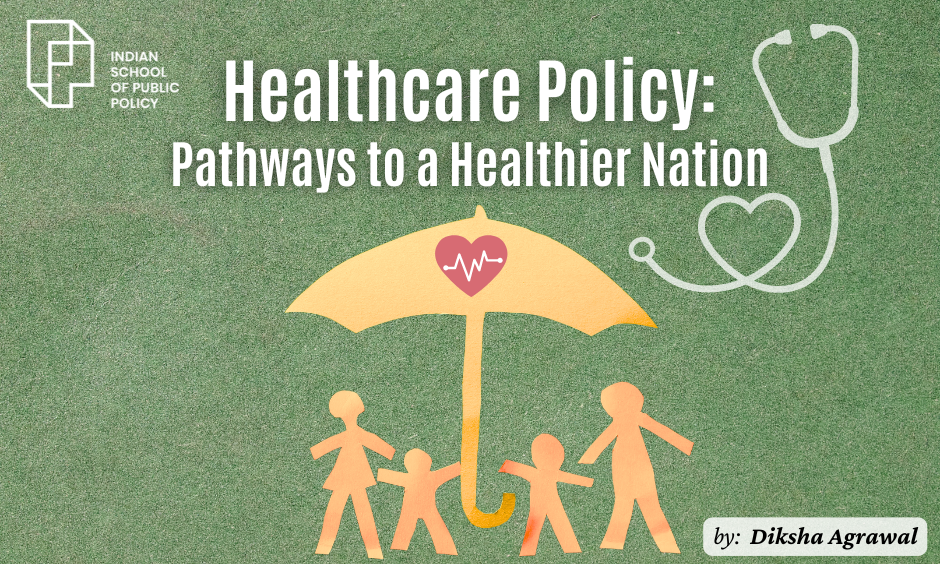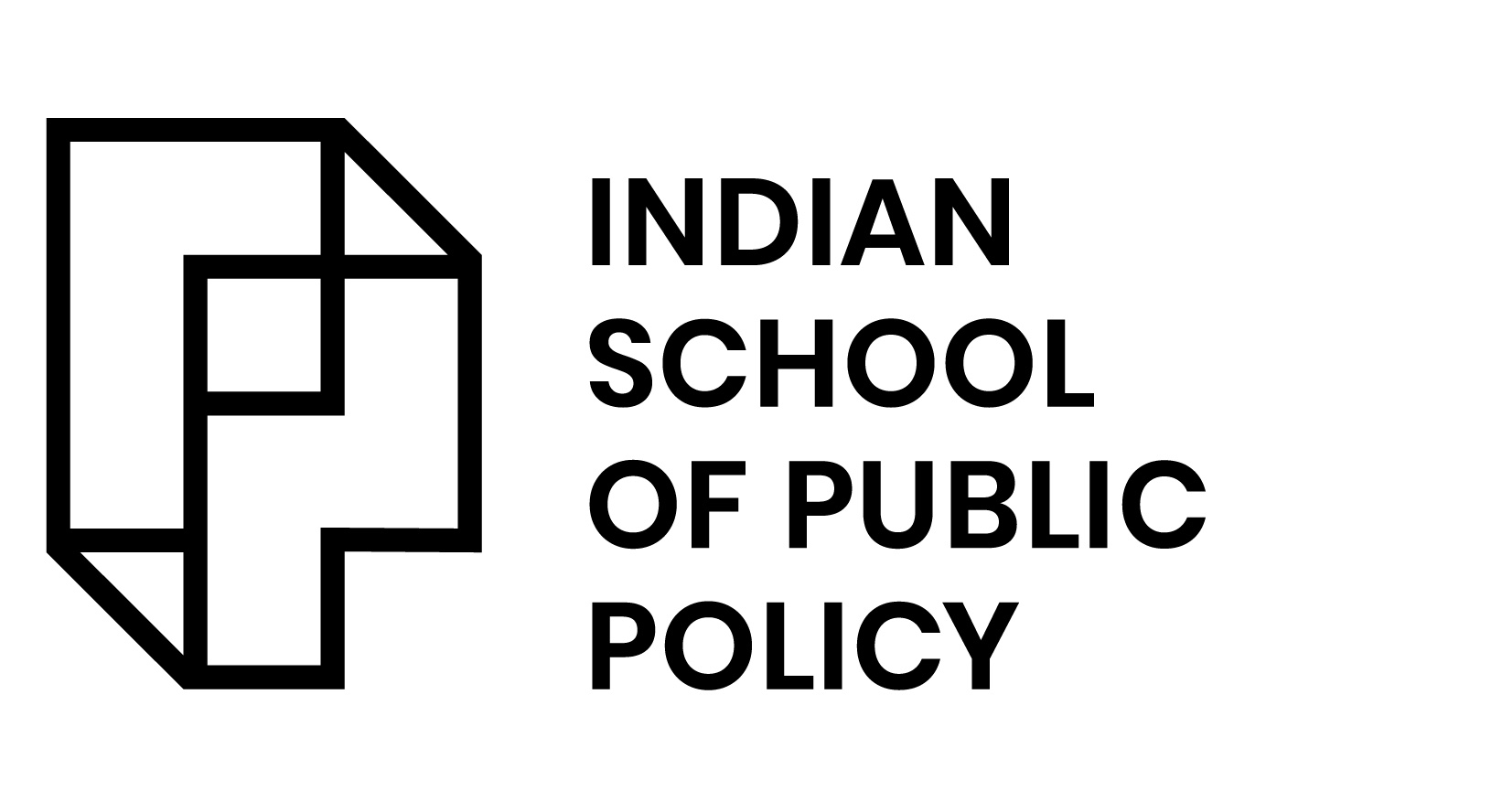
Healthcare Policy: Pathways to a Healthier Nation

Nations face an important decision as they grapple with various healthcare concerns. The choice is between high out-of-pocket expenses for citizens or transitioning towards a model that focuses on preventive healthcare, reducing the financial burden of the population, and enhancing overall health outcomes.
The Indian Constitution provides guidance on the state’s role in healthcare. While the Constitution does not explicitly mention the right to health as a fundamental right, the Directive Principles of State Policy (Part 4 of the Constitution) direct the state on securing the right to health. India is a signatory to the Universal Declaration of Human Rights, which guarantees an adequate standard of living for all, including access to food, clothing, and medical care. These provisions highlight India’s commitment and dedication to achieving a healthy future for all.
India’s commitment to healthcare is visible in its efforts to address healthcare challenges. Pradhan Mantri Jan Arogya Yojana was launched in 2018 to help economically weaker sections of society access healthcare benefits without imposing financial burdens. It is one of the world’s largest healthcare schemes, covering medical treatment costs, medications, diagnostics, and pre-hospitalisation expenses. It offers cashless hospitalisation services through the Ayushman health card, which is usable at any empanelled hospital nationwide. It has benefited more than 50 crore citizens by reducing out-of-pocket expenses from 63% in 2014 to 39% in 2024.
India is also committed to developing preventive healthcare strategies. The preventive healthcare sector, which includes fitness, wellness, early diagnostics, and health monitoring, is projected to reach $197 billion by 2025, with a compound annual growth rate (CAGR) of 22%.
The use of various healthcare services, such as CoWin, e Sanjeevani, Arogya Sety, and e-hospital, has improved access to healthcare services.
However, the story of India’s healthcare journey is not as rosy as it may appear. There are significant challenges that remain to be addressed. According to a report published by the journal Lancet, India’s healthcare expenditure is the lowest amongst G20 countries. The healthcare facility is concentrated in urban areas, leaving rural areas behind regarding access to quality healthcare. Non-communicable diseases, which account for 64% of India’s disease burden, are not included adequately in the government’s healthcare strategies. Additionally, despite India’s mental health crisis being severe, with the country accounting for 36.6% of global suicides, India has a shortage of mental health professionals.
WAY FORWARD:
Let us explore the path India can choose to advance towards a healthier nation:
- India must shift from its focus on curative healthcare to preventive healthcare. The benefits of this move would be multifaceted. It would lead to significant cost savings and, at the same time, improve long-term healthcare benefits. We must invest in vaccinations, frequent healthcare screening, and the promotion of healthy lifestyle choices. Preventive measures can help in tackling the growing burden of non-communicable diseases
- India must seriously address the shortage and uneven distribution of healthcare professionals, especially in rural areas. WHO recommends a density of 44.5 doctors, nurses, and midwives per 10,000 inhabitants, whereas India currently stands at a national density of 20.6. Expanding human resources in healthcare is a crucial step towards addressing healthcare challenges in a country as populated as India
- Health in All Policies: India needs to adopt “Health in all Policies” where health considerations are integrated into various policy sectors to promote overall well-being. It would require coordinating across sectors to create environments that support health. For example
- Incorporating parks and green spaces into urban planning has frequently been linked with lowering rates of stress, obesity, and cardiovascular diseases
- Similarly, developing bike lanes and pedestrian-friendly infrastructure encourages active commuting. It has multiple benefits: addressing the environmental challenge of rising air pollution and improving cardiovascular health
- Health policies should consider social factors like income, education, and environment when formulating them. This would help improve health equity and overall well-being.
- Health education and public health awareness campaigns are essential to empower individuals to make informed health decisions. This includes educating the public about healthy lifestyles, preventive measures, and available health services.
Conclusion
Addressing health concerns in a country as large and diverse as India requires a multifaceted strategy. It requires integrating various strategies, such as preventive care, expanding coverage, embracing technology, and addressing social determinants of health. This can help build a resilient and equitable healthcare system, yielding benefits for future generations.
Register your Interest to Study at ISPP
References
- Rao, K. R., Panchamukhi, P. R., Centre for Multi-Disciplinary Development Research, Mangalore University, & Indian Council of Social Science Research. (1950b). A General overview of the implications of liberalisation for the education sector. Health in the Indian Constitution.In CMDR Monograph Series (No.-7). Centre for Multi-Disciplinary Development Research.https://cmdr.ac.in/admin_panel/file_upload/mono/mono-7.pdf
- Grewal, H., Sharma, P., Dhillon, G., Munjal, R. S., Verma, R. K., & Kashyap, R. (2023). Universal Health Care System in India: An In-Depth Examination of the Ayushman Bharat Initiative. Cureus. https://doi.org/10.7759/cureus.40733
- TOI Business Experts. (2024, July 23). Union Budget 2024: How to lay the foundation for a healthy India by 2047. The Times of India. https://timesofindia.indiatimes.com/business/india-business/union-budget-2024-how-to-lay-the-foundation-for-a-healthy-india-by-2047/articleshow/111654217.cms
- Jain, D. (2023, January 3). The rise of preventive healthcare in India. Times of India Blog. https://timesofindia.indiatimes.com/blogs/voices/the-rise-of-preventive-healthcare-in-india/
- Ani. (2024, April 15). India rubbishes Lancet report, says spending on healthcare is at all-time high. The Economic Times. https://economictimes.indiatimes.com/industry/healthcare/biotech/healthcare/india-rubbishes-lancet-report-says-spending-on-healthcare-is-at-all-time-high/articleshow/109306882.cms?from=mdr
- Mehta, V., Ajmera, P., Kalra, S., Miraj, M., Gallani, R., Shaik, R. A., Serhan, H. A., & Sah, R. (2024). Human resource shortage in India’s health sector: a scoping review of the current landscape. BMC Public Health, 24(1). https://doi.org/10.1186/s12889-024-18850-x

Diksha Agrawal
Programme Advisor – Admissions
Diksha Agrawal, a Sociology graduate from Miranda House and postgraduate from Delhi School of Economics, embarked on her professional journey as a research fellow for Prashant Kishore’s Jan Suraaj initiative. Travelling across various districts of Bihar, she gained profound insights into the diverse needs of communities, igniting a deep interest in the field of public policy.
Furthering her engagement in politics and governance, Diksha served as a consultant for Inclusive Minds, political consultancy working for Indian National Congress during the Chhattisgarh elections. This role provided her with invaluable insights into the socio-political landscape of the state, reinforcing her determination to drive positive change through effective policy formulation and implementation.


